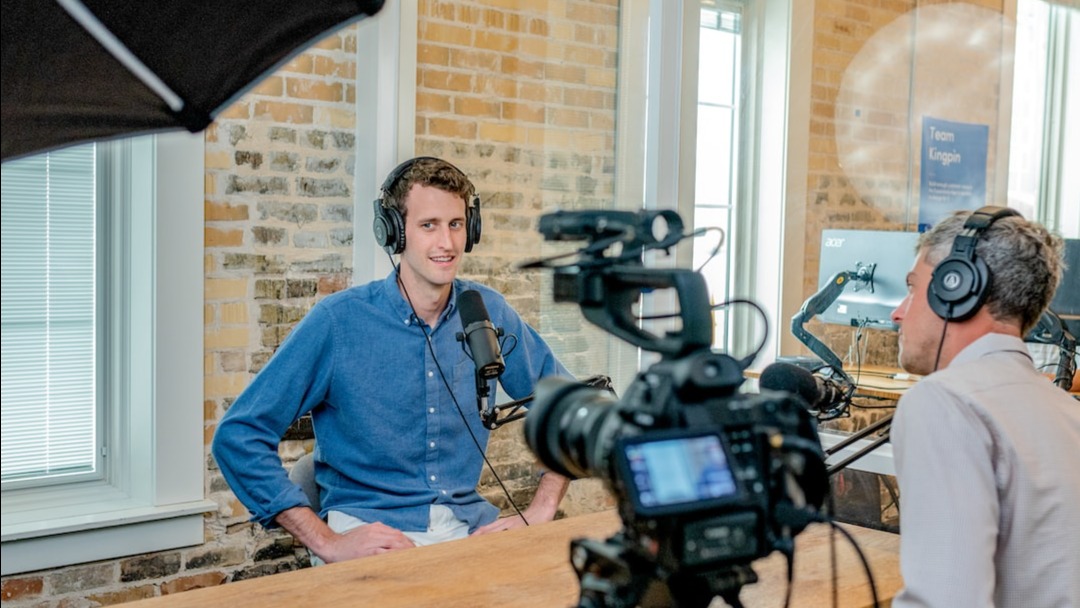Commitment and Consistency: A Dangerous Weapon Of Influence
Oct 16, 2023 · 2 mins read
0
Share

Commitment and consistency lie deep within us. It is our nearly obsessive desire to be (and to appear) consistent with what we have already done. Once we have made a choice or taken a stand we will encounter personal pressure to behave consistently with that commitment.
Save
Share
Our culture places a high value on individual consistency, yet automated consistency gives us a shortcut through the majority of life. It also enables us to dismiss fresh insights that paint a negative picture of our earlier actions.
Save
Share
We all fool ourselves in order to keep our thoughts and beliefs consistent with what we have already done or decided. The drive to be (and look) consistent is a highly potent weapon of influence, often causing us to act in ways that are clearly against our best interests.
Save
Share
Consistency allows us an appealing luxury; we really don't have to think hard about the issue anymore. We don't have to go through a blizzard of information, to identify relevant facts and expand our mental energy, we just have to turn to our prior commitment & make the decision.
Save
Share
If you can get someone to commit to a small initial action, it will be much easier to get them to commit to a larger action. Because automatic consistency functions as a shield against thought, blind consistency can also be exploited by those who do not want us to think too much.
Save
Share
Written promises are more likely to be kept than verbal promises. The second tactic involves making commitments public because people want to be seen as consistent. The third tactic is related to the amount of effort a person has to put forth once they make the commitment.

Save
Share
An effective commitment has three components: active, public, and effortful. There is a fourth element, which is when the individual thinks they made the decision to take the action without external pressure. Modifying one's self-image doesn't happen without the use of tactics.
Save
Share
The tactic of starting with little requests in order to gain eventual compliance with larger requests has a name: the foot-in-the-door technique. Experts can use small commitments to manipulate a person's self-image, once they've done that, the prospect complies naturally.
Save
Share
How To Say No: Be very careful about agreeing to trivial requests. Such an agreement can not only increase our complaint to similar larger requests but also make us more willing to perform a variety of favors that are only remotely related to the original requests.
Save
Share
The first is the feeling in the stomach that tells us we're being forced to do something we don't want to do. The second involves choosing depending on what people feel in their "heart of hearts." The answer can be found by pausing to ask, "Would I make the same choice again?"
Save
Share
0